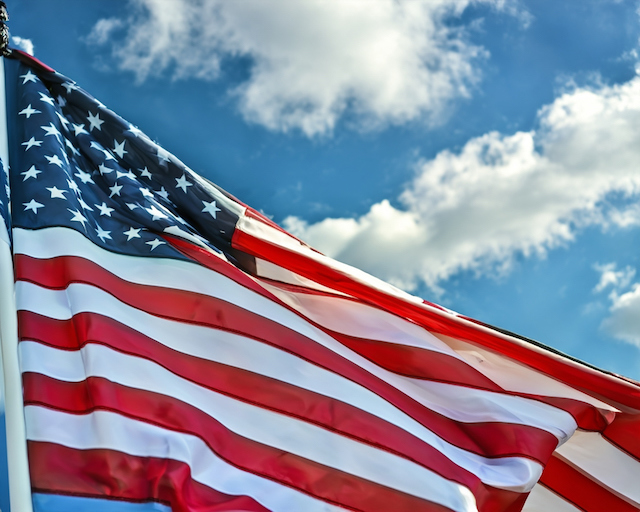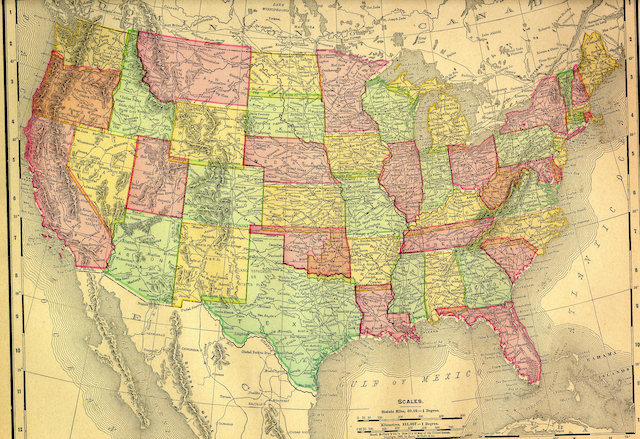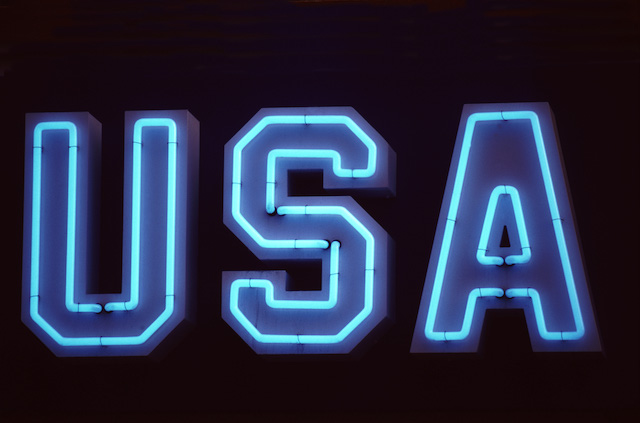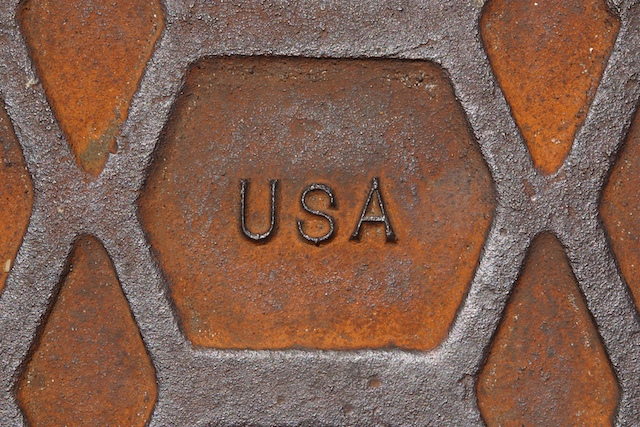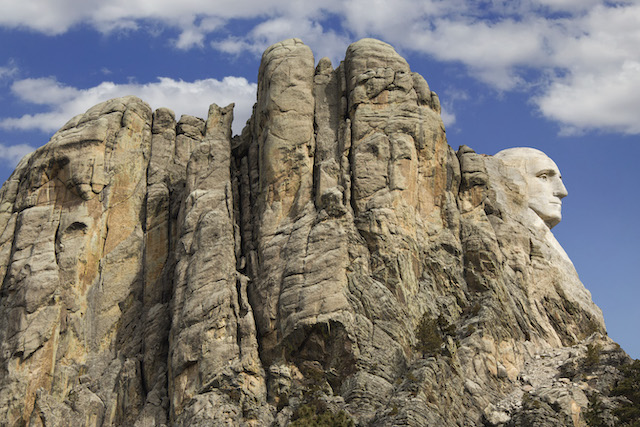American War Flag And Travel Meaning
The American war flag shows power, sacrifice, and pride. Tourists often see it during trips across the United States. It appears at monuments, museums, and many famous landmarks. Travelers view the American war flag as a strong image of unity. Many trips gain meaning through its presence and placement.
Historic sites with American war flag
Visitors find the American war flag in many historic areas. It flies high at Gettysburg, Pearl Harbor, and Boston. People stop to reflect near battlefields and military graves. Each flag tells a story from the past. These sites help visitors feel a connection with American heritage during their travels.
Museums that highlight patriotism
Museums across America display the American war flag with pride. At the Smithsonian, travelers see preserved flags from key battles. Many veterans’ museums honor fallen soldiers using the war flag. Families visit these places to learn history. Flags serve as reminders of unity during past national conflicts.
National parks and military presence
Several national parks feature monuments with the American war flag. These include Mount Rushmore and Valley Forge. Rangers raise flags daily as part of ceremonies. Tourists take photos as they admire the surroundings. Parks offer peaceful moments and strong symbols of past struggles through visible flags.
American war flag in small towns
Small towns across the country display the American war flag year-round. It waves proudly on porches and in gardens. Local festivals often feature the flag during parades. These celebrations strengthen a sense of community. Travelers often stop to admire how the flag blends with everyday life.
Flag ceremonies and tourism events
Events such as Flag Day and Memorial Day attract visitors. Towns raise the American war flag with honor and care. Many tourists attend sunrise ceremonies and parades. Veterans speak about what the flag means to them. These events leave lasting memories for families and solo travelers alike.
City landmarks that celebrate freedom
In large cities, visitors often see the American war flag at top attractions. The flag appears at the Statue of Liberty and the Lincoln Memorial. These sites welcome millions yearly. Travelers feel a deep sense of pride as they stand near such historic markers. Many stop to reflect quietly.
Flag in cultural and music events
Some concerts and festivals highlight the American war flag on stage. Country music shows often raise the flag during performances. Travelers wave mini flags and wear themed clothing. The symbol strengthens the mood at such gatherings. Its presence adds meaning to moments of shared music and celebration.
Airports and entry points
The American war flag greets many travelers at airports. Flags line arrival areas and security points. Tourists arriving from other countries notice the symbol immediately. It helps set the tone for what lies ahead. Flags also appear on welcome signs near major roadways and border stations.
Military bases open to visitors
Certain military bases allow guided tours for travelers. Visitors often see the American war flag flying high near gates. Some tours include museums and historical exhibits. These places educate guests about past conflicts and peace missions. Travelers leave with respect for those who served under the flag.
Hotels that honor the tradition
Many hotels display the American war flag at their entrances. Some offer themed stays during patriotic holidays. Staff often wear pins showing the flag’s image. Travelers appreciate the gesture and feel welcomed. The flag adds comfort, especially for guests with military backgrounds or strong national pride.
Souvenirs and keepsakes
Gift shops sell items featuring the American war flag. Tourists buy pins, shirts, and flags of all sizes. These items serve as travel memories. The flag becomes a piece of the journey. Many display their souvenirs at home after returning, reliving moments from their travels.
Street murals and local art
Artists across the country use the American war flag in their work. Murals on buildings show the flag in creative ways. Travelers often stop to photograph these bold displays. Art adds emotion and energy to cities. Each flag design tells a different story linked to the place it appears.
Festivals that include military themes
Fourth of July celebrations highlight the American war flag in bold fashion. Fireworks burst over waving flags. Local fairs include tributes to veterans. These moments draw travelers from far and wide. Communities unite through themed parades and music, and the flag always remains at the center.
Road trips across patriotic trails
Some tourists follow routes known for military history. Along these trails, the American war flag appears often. Places like the Freedom Trail in Boston attract steady travelers. Road signs feature the flag next to mileage markers. Travelers pause at rest stops where flags wave quietly in the wind.
Famous figures and public speeches
Presidential libraries and historic speech locations display the American war flag. People visit to hear recordings or read transcripts of major speeches. The flag provides the backdrop to many iconic words. Its presence reinforces messages of strength and peace during each tour stop.
Local schools and universities
Travelers visiting schools during cultural events often see the American war flag. It appears during sports matches and graduation ceremonies. Students carry the flag proudly at parades. Tourists enjoy learning how younger generations interact with symbols of past sacrifices. It builds a bridge between history and the present.
American war flag on the open road
Drivers across long highways see the flag at gas stations and diners. Truck stops sell flag-themed gear to tourists. Roadside attractions use the image to attract attention. Travelers take photos next to large flagpoles. These sightings add rhythm and spirit to long cross-country adventures.
Seasonal decorations and themed parks
During summer, theme parks decorate entrances with the American war flag. Parks like Disney World and Six Flags hold patriotic shows. Visitors cheer as floats pass by with waving flags. Fireworks often follow, lighting up the night. These experiences draw families and create lasting impressions.
Veteran memorials and quiet spaces
Many travel stops include quiet areas for reflection. Flags stand still among stone markers and benches. Travelers walk slowly, reading names etched into walls. The American war flag completes the experience. These stops remind guests of silent strength and shared national history.
Holiday shopping trips and displays
During national holidays, malls and stores raise the American war flag. Shoppers take part in themed sales. Music plays softly in the background. Tourists traveling during these times enjoy the extra decoration. The flag becomes part of the festive feel in both large and small towns.
Guided walking tours with flags
In cities with historic paths, walking tours often include flag stops. Guides explain the meaning behind each placement. Tourists walk slowly, snapping photos near each flagpole. These tours mix movement with learning. The flag marks key spots from wars, speeches, and cultural shifts.
Restaurants with military charm
Some diners and cafes decorate with the American war flag. Guests see vintage photos and framed medals on walls. These restaurants honor veterans while serving classic meals. Travelers often choose such places for the comfort they offer. The setting feels warm, and the flag strengthens the mood.
Flag during national sports games
Stadiums across the country raise the American war flag with pride. Fans stand during anthems and salute. Tourists attending these events join locals in shared support. Flags cover uniforms, screens, and souvenirs. These games mix patriotism with energy, creating electric atmospheres from coast to coast.
State capitols and civic spaces
State buildings showcase the American war flag on tall poles. Visitors attend events and walk through gardens nearby. The flag flies strong as people gather peacefully. It creates a calm and dignified presence. Tourists admire both architecture and the symbols around them during these moments.
American war flag on cruises
Some cruises with American themes raise the war flag while leaving port. Passengers gather for flag-raising ceremonies on deck. Music plays softly as the ship sails. The flag becomes a part of the seafaring adventure. It marks the start of relaxing yet reflective journeys.
Art exhibits in major galleries
Artists include the American war flag in sculpture and paintings. Galleries across New York, Chicago, and Los Angeles display them proudly. Travelers pause to study how the flag interacts with color and form. Art inspires fresh thoughts and brings history into modern space.
Flag near famous trails and hikes
Some hiking trails end near monuments where the American war flag flies. Hikers rest beneath its calm shadow. The flag marks effort, strength, and completion. These moments add peace to adventurous days. Families stop together and take photos under the waving fabric.
Photography spots for travel memories
Tourists use the American war flag as a background for travel photos. These images carry emotion and context. The flag adds character to memories shared online. Photos become more than visuals. They hold the weight of national identity through a simple yet strong presence.
Educational travel for students
Student tours across Washington, D.C. and Philadelphia feature the American war flag. Young people learn about past events firsthand. Guides explain the meaning of each flag they pass. These journeys stay with students for years. Travel becomes richer through the layered presence of historic symbols.
Place to pause and reflect
The American war flag gives tourists space to think during busy trips. It offers balance to fast-paced sightseeing. Travelers stop, look up, and feel part of something large. These quiet seconds improve the experience. In stillness, meaning grows, and memory deepens.

